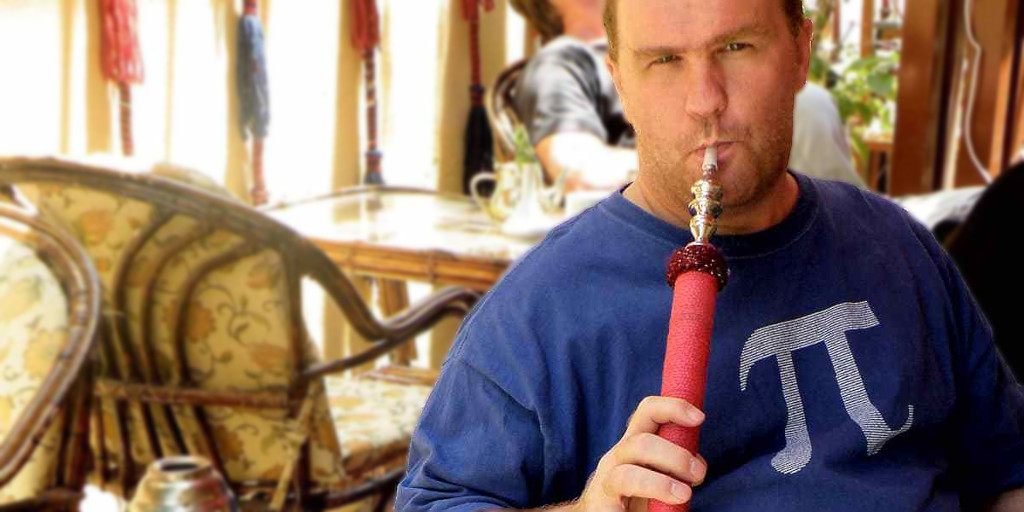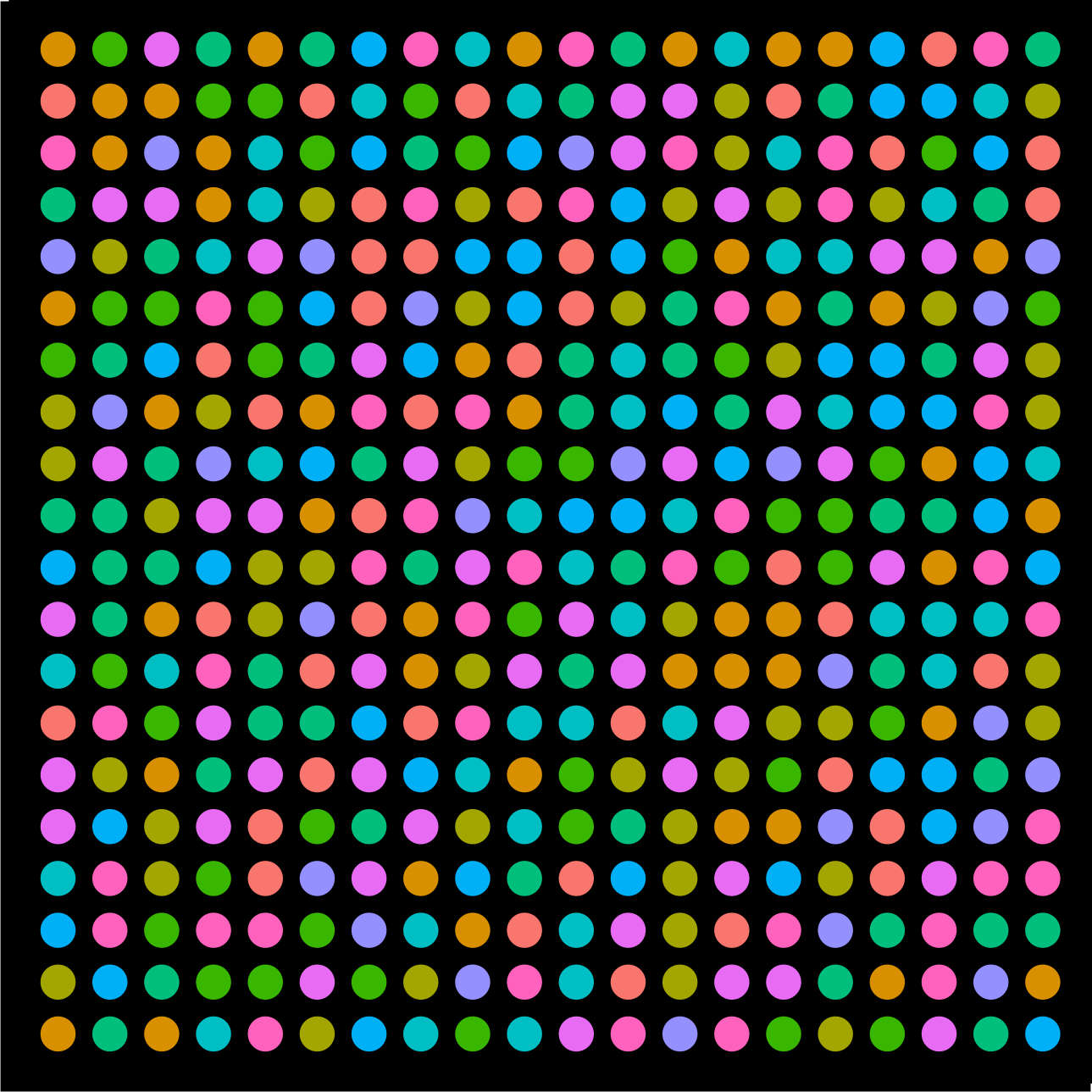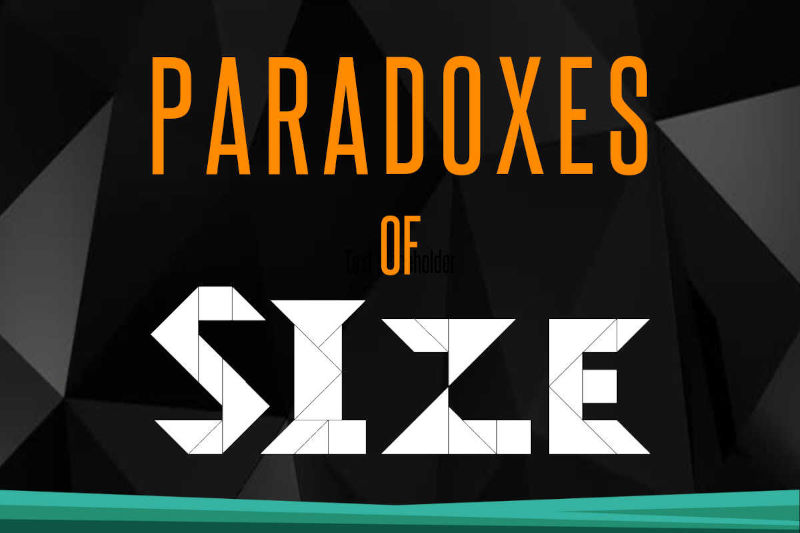
Pi Approximation Day: Esoteric Secrets of the Number Pi

Peter Prevos |
1441 words | 7 minutes
Share this content
The number Pi (\(\pi \)) is without a doubt the only number in the world with celebrity status. It is so popular that it has a holiday. Many people around the globe observe Pi Day on March the 14th because writing this date the American way we get 3.14. This date does not make sense for most of the rest of the world as 14 March is 14.03. Because of this inconsistency how we write dates, some people prefer to celebrate Pi Approximation Day on 22 July. This day is a good alternative because 22 divided by 7 is approximately 3.14.
Why does a number deserve a holiday? Even though Pi is an irrational and transcendental number with an infinite number of decimals, it is also a practical number as it appears in many equations that describe the physical world. As an engineer, I used to hit the π button on my calculator many times a day. When I have no calculator nearby, I divide 22 by 7 to get a reasonable approximation.
As a practical mathematician, I am interested in the science and history of this significant number. In the photo below, I am smoking a sheesha pipe in Egypt and wearing my favourite geek T-shirt. The number Pi on the shirt consists of the first 4,493 digits of the number Pi in the shape of the Greek letter itself.
The relationship between Pi and Egypt is not coincidental. Many people believe that the design of the Khufu pyramid at Giza reveals that Egyptians of the fourth Dynasty knew about Pi, long before any other culture did. The perimeter of the pyramid, divided by its height, is approximately two times pi. Whether the designers of the Khufu pyramid knew about Pi is doubtful as there is no evidence of the time the tombs were built.
The article discusses methods for Pi Approximation and what its properties teach us about the relationship between mathematics and reality.

The Digits of Pi
Pi is an irrational and transcendental number with an infinite array of randomly distributed digits. Pi is not irrational because it behaves like a crazy person. The number Pi is irrational because it cannot be expressed as a fraction.
Countless mathematicians have tried to 'square the circle', which means constructing a square equal with the same area as a given circle. Squaring the circle is only possible if Pi is a rational number, for example, 22 / 7, 333 / 106 or 8958937768937 / 2851718461558. These fractions become more accurate as the numbers grow larger, without ever achieving full accuracy. Mathematicians realised in 1761, after thinking about the problem for more than two thousand years, that squaring the circle is a dead end and that Pi must be an irrational number.
To make matters worse, Pi is not only irrational; it is also transcendental, which adds a glow of mystique to the number. These are numbers that cannot be determined with a finite equation. The transcendentality of Pi does not mean that the digits of Pi are random, but the equations to describe this number are an infinite series. This series produces an infinite number of digits. I will need to find an infinitely large t-shirt (∞ XL) to fit them all on.
$$\frac{\pi}{2} =\frac{2}{1} \cdot \frac{2}{1} \cdot \frac{2}{3} \cdot \frac{4}{3} \cdot \frac{4}{5} \cdot \frac{6}{5} \cdots$$
Although the never-ending procession of digits in the number pi might seem random because there is no recognisable pattern, computers can calculate them with ridiculously high levels of precision. The current record for calculating the digits of Pi stands at \(22 \pi^e\) trillion digits. Printed at 11 point font, the numbers would stretch to the moon and back and beyond. The only practical reason for doing so is to test the limits of supercomputers. In most engineering applications, a handful of digits is sufficient. In my work as a civil engineer, I have often used 22/7 to work out calculations in my head.
Even after calculating trillions of digits, we cannot seem to find any pattern in the order of the digits. The digits can be calculated, but there is no structure to the sequence of numbers. But within the chaos, we can find beauty. The image below shows the first 400 colour-coded digits of Pi, which is based on art by Martin Krzywinski.

Pi and the Horizon of Reason
The number Pi might be irrational and transcendental; it is nevertheless one of the most rational tools to understand the universe. We need Pi to understand the curves of nature, and Pi appears in statistics. Without an accurate understanding of Pi, science would be impossible.
If the universe is a rational and ordered place, then why do we need an irrational number to describe it? Does this apparent contradiction mean that Pi hides an inner meaning and that it encompasses an internal logic that we have yet to discover?
In the novel Contact by Carl Sagan, the heroine Ellie discovers a hidden message in the base-11 representation of Pi. This discovery is not as miraculous as it sounds like Pi consist of infinite decimals. The complete works of Shakespeare and the Bible could eventually be found inside the digits of Pi. My birthday appears at the 107,070,083 rd decimal digit of Pi and my PIN appears many times in the first million decimals of Pi. The infinity of Pi assures that every pattern we want to find in it will exist. The chances of finding anything meaningful are, however, infinitesimal.
The idea that an irrational number helps us to understand the universe can be a worrying thought. Fully understanding Pi requires us to deal with infinity. What does the fact that we cannot grasp Pi in simple terms tell us about the structure of the universe? Is Pi a property of the universe, or is it just a construct of our mind?
Flying back from Egypt, I watched The Oxford Murders. In this movie, the question of whether mathematics is the underlying truth of the world is discussed by the two main characters. Martin, a student, played by Elijah Wood, believes that the universe is mathematical:
Things are organised following a model, a scheme, a logical series. Even the tiny snowflake includes a numerical basis in its structure. Therefore, if we manage to discover the secret meaning of numbers, we will know the secret meaning of reality.
But is Martin correct? Can all philosophical questions and truths be expressed in mathematics? Will we eventually calculate our way out of ethical dilemmas? Can we improve our understanding of Shakespeare by expressing his prose in mathematics? Should we say \(2b \lor \neg 2b\) instead of "To be or not to be"?
I tend to agree with Professor Martin Seldon, played by John Hurt in the same movie, who disagrees with his student.
Since man is incapable of reconciling mind and matter he turns to confer some sort of entity on ideas because he cannot bear the notion that the purely abstract only exists in our brain.
Pi exists on the Horizon of Reason. It is the product of a rational series of thoughts that eventually leads to the incomprehensible concept of infinity.
Does the infinite sequence of random numbers mean that Pi is an artificial construct of the human mind and not something that exists in reality? After all, how can something that is infinite exist in reality? The idea that we need a transcendental number to describe reality does not seem to match our perception of the world as a discrete set of things. Our common sense view of the world consists or integers and fractions, not of irrational numbers.
Nature doesn't care about perimeters and diameters because they are merely constructs of the human mind. The ubiquitous nature of Pi in physics and statistics seems to suggest differently. The existence of transcendental numbers reveals a divide between our common sense view of the world and our scientific description of the world. Common sense is most likely wrong, just like almost all our perceptions of the world are a construction of reality. Perhaps reality is not as discrete and countable as we believe it to be and we are projecting our rationality upon the world?
Pi Approximation Day
After these metaphysical thoughts back to more mundane matters. Pi Approximation day celebrates the fact that we can only ever approximate the number Pi. This limitation might be frustrating to mathematicians; it is great for engineers and anyone else who wants to use numbers to describe the world.
Share this content


